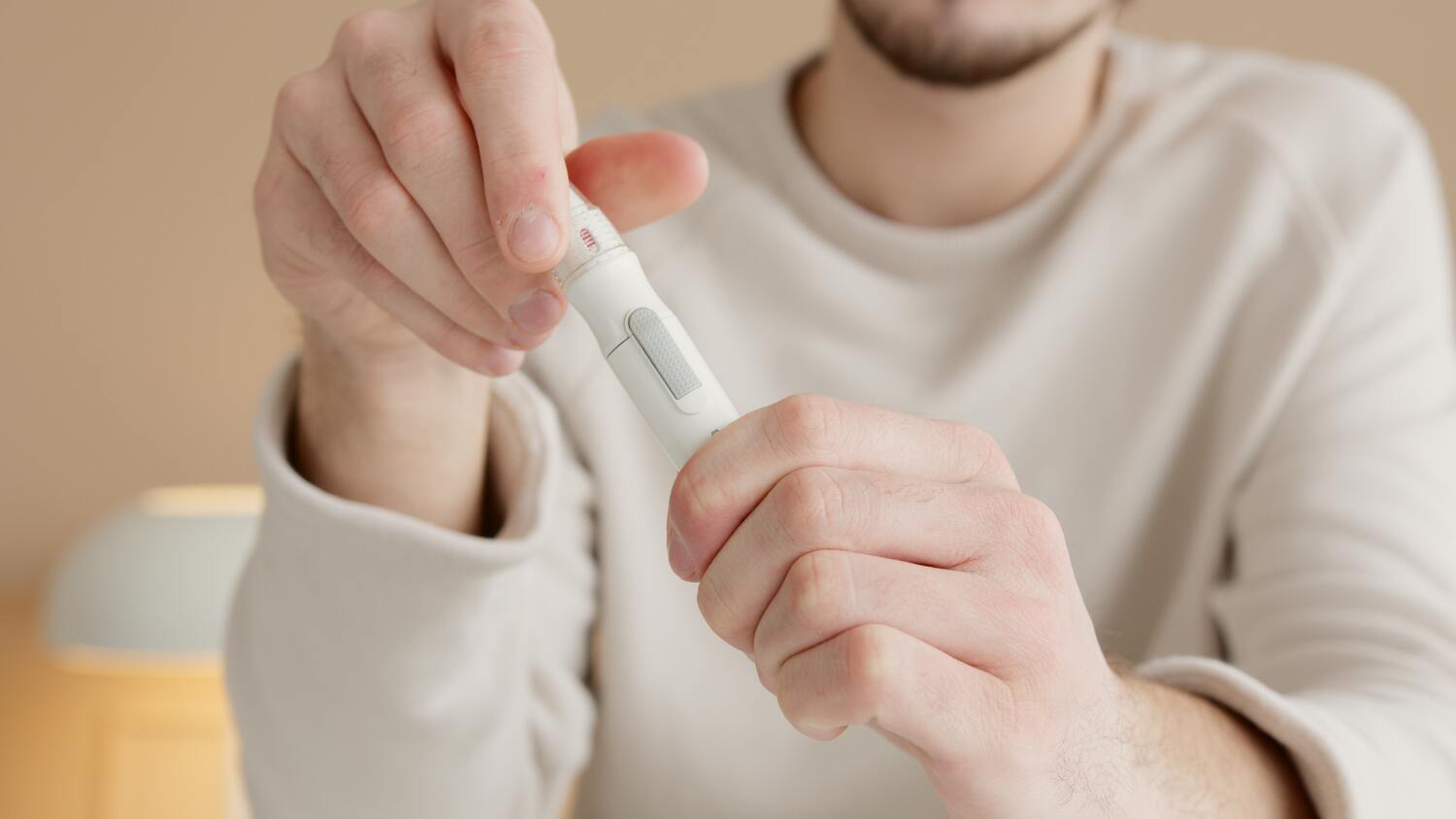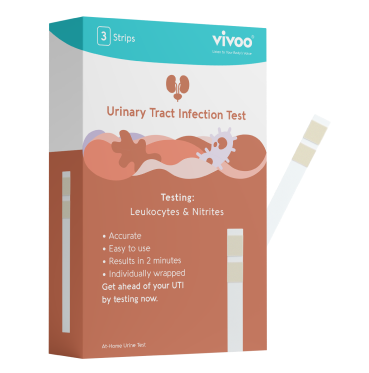If you or someone you know has a medical condition that requires regular monitoring of blood clotting levels, then you're likely familiar with the INR (International Normalized Ratio) test.
This test measures how long it takes for blood to clot and is often used to monitor patients taking blood-thinning medications, such as warfarin. Traditionally, INR testing has required visits to a healthcare provider, but with advances in technology, home testing for INR is now possible.
In this blog, we'll explore what home testing for INR involves, its benefits and drawbacks, and how it can improve the lives of those who require frequent monitoring of their blood clotting levels.
What is INR test?
The International Normalized Ratio (INR) test is a blood test that measures how long it takes for your blood to clot. This test is commonly used to monitor the effectiveness of blood-thinning medications, such as warfarin, which are often prescribed to prevent blood clots from forming.

The INR test measures the ratio of the patient's prothrombin time (PT). Prothrombin is another protein produced by your liver. The prothrombin time (PT) test determines how effectively and how long your blood clots. It usually takes between 25 and 30 seconds. If you use blood thinners, it may take longer. The resulting INR value provides a standardized measure of the patient's blood clotting ability, which allows healthcare providers to adjust the dosage of the blood-thinning medication to achieve the desired level of anticoagulation.
Regular monitoring of the INR is important for patients taking blood-thinning medication to ensure that their blood is not too thin, which can lead to bleeding, or too thick, which can increase the risk of blood clots. The INR test is usually performed in a medical setting, but with advancements in technology, it is now possible to perform the test at home using a portable INR testing device.
Benefits of at-home testing
Testing at home is handy. It enables people to monitor their INR levels without having to visit a lab on a regular basis. In-home testing involves simply a finger poke rather than a complete blood sample. Finally, at-home testing might result in fewer blood clots.
Patients who self-test their levels check their levels more often than patients who go to the lab, therefore they are more likely to have their warfarin dose changed as required to remain in the proper INR range. The sorts of patients that seek out in-home testing may also impact this increase in duration within the therapeutic range. These individuals are often very driven and engaged in their healthcare, which results in strong adherence to treatment recommendations.

How to perform an INR home test
If you want in-home testing, you must first consult with the healthcare provider that controls your warfarin. They will work with you to determine if you are a suitable candidate for in-home testing. If you are, they will send a form with your information to a medical service firm. Several firms supply the equipment as well as patient training.
When it is established that you are a suitable candidate for self-testing, your physician or pharmacy team will work with a business that handles training and INR test results. Typically, these firms will send a trainer to your house to go through how to operate the equipment properly and assist you in reporting the findings for the first time. Virtual training is also an option.
The testing devices themselves have just two buttons and are very simple to operate. Diabetes patients will be acquainted with this sort of equipment since it works in the same way as blood sugar testing. The most crucial thing is to ensure that enough blood is collected on the test strip. After testing your blood, you should talk with your healthcare provider about your results.














